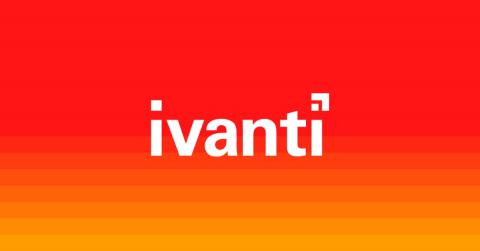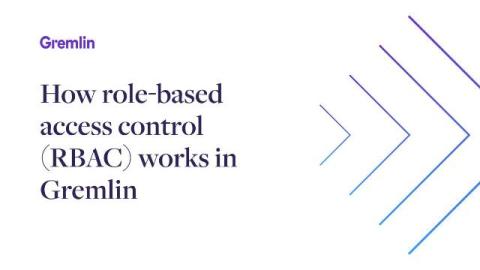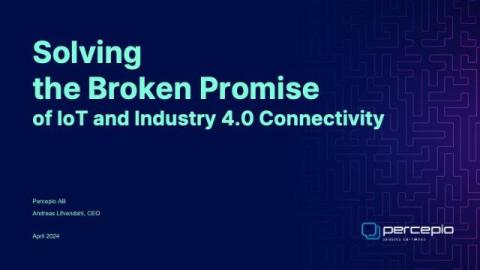The Intersection of Identity Verification Services and Cloud Computing
In the digital age, identity verification has become a cornerstone of online security. With the rise of remote work, e-commerce, and online services, verifying the identity of users has never been more critical. Cloud computing, with its scalability, flexibility, and accessibility, has revolutionized how identity verification services operate, providing robust solutions to meet the growing demands of various industries. This article delves into how cloud computing enhances identity verification services and the benefits it brings to businesses and consumers alike.











